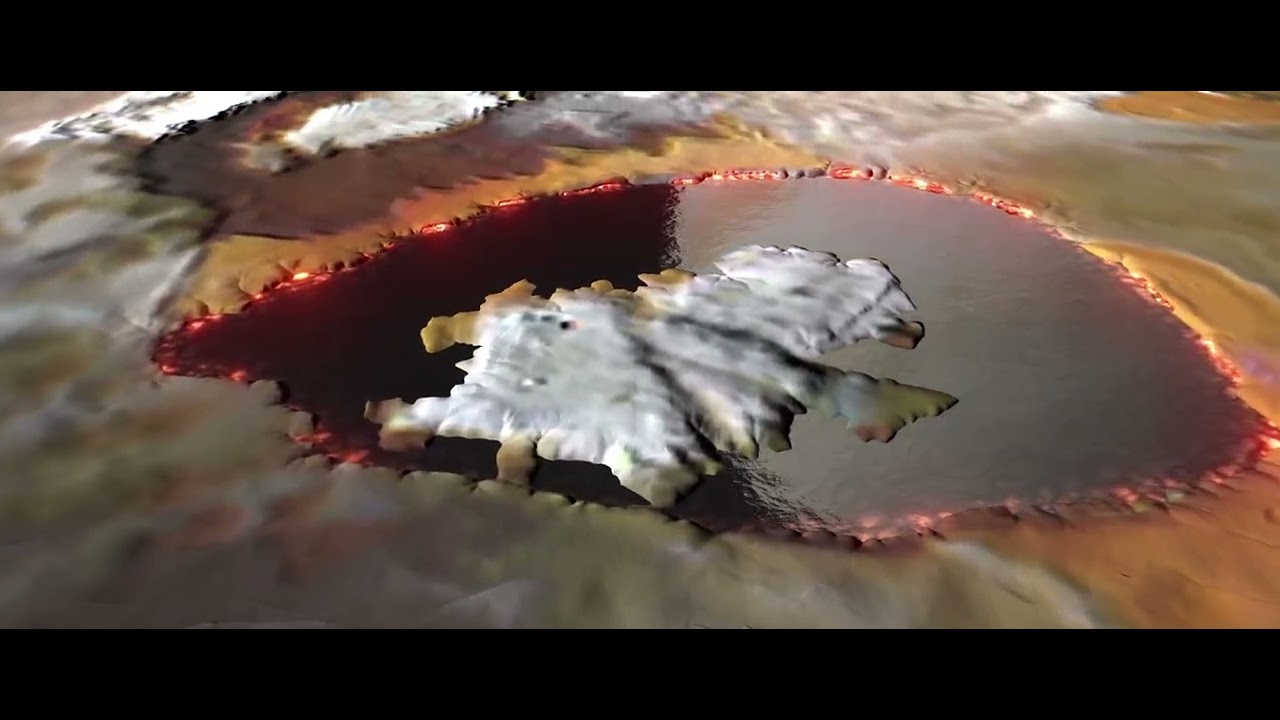I really can’t believe that the Ingenuity helicopter on Mars took its maiden voyage in April 2021. On the 16th April 2024, engineers at NASA have received the final batch of data from the craft which marks the final task of the team. Ingenuity’s work is not over though as it will remain on the surface collecting data. For the engineers at NASA, they have their sights set on Dragonfly, a new helicopter destined for Titan.
Continue reading “The Ingenuity Team Downloads the Final Data from the Mars Helicopter. The Mission is Over”Juno Reveals a Giant Lava Lake on Io
NASA’s Juno spacecraft came within 1,500 km (930 miles) of the surface of Jupiter’s moon Io in two recent flybys. That’s close enough to reveal new details on the surface of this moon, the most volcanic object in the Solar System. Not only did Juno capture volcanic activity, but scientists were also able to create a visual animation from the data that shows what Io’s 200-km-long lava lake Loki Patera would look like if you could get even closer. There are islands at the center of a magma lake rimmed with hot lava. The lake’s surface is smooth as glass, like obsidian.
Continue reading “Juno Reveals a Giant Lava Lake on Io”What’s the Most Effective Way to Explore our Nearest Stars?

It was 1903 that the Wright brothers made the first successful self-propelled flight. Launching themselves to history, they set the foundations for transatlantic flights, supersonic flight and perhaps even the exploration of the Solar System. Now we are on the precipice of travel among the stars but among the many ideas and theories, what is the ultimate and most effective way to explore our nearest stellar neighbours? After all, there are 10,000 stars within a region of 110 light years from Earth so there are plenty to choose from.
Continue reading “What’s the Most Effective Way to Explore our Nearest Stars?”Radiating Exoplanet Discovered in “Perfect Tidal Storm”

Can tidal forces cause an exoplanet’s surface to radiate heat? This is what a recent study accepted to The Astronomical Journal hopes to address as a team of international researchers used data collected from ground-based instruments to confirm the existence of a second exoplanet residing within the exoplanetary system, HD 104067, along with using NASA’s Transiting Exoplanet Survey Satellite (TESS) mission to identify an additional exoplanet candidate, as well. What’s unique about this exoplanet candidate, which orbits innermost compared to the other two, is that the tidal forces exhibited from the outer two exoplanets are potentially causing the candidates’ surface to radiate with its surface temperature reaching as high as 2,300 degrees Celsius (4,200 degrees Fahrenheit), which the researchers refer to as a “perfect tidal storm”.
Continue reading “Radiating Exoplanet Discovered in “Perfect Tidal Storm””The Giant Planets Migrated Between 60-100 Million Years After the Solar System Formed
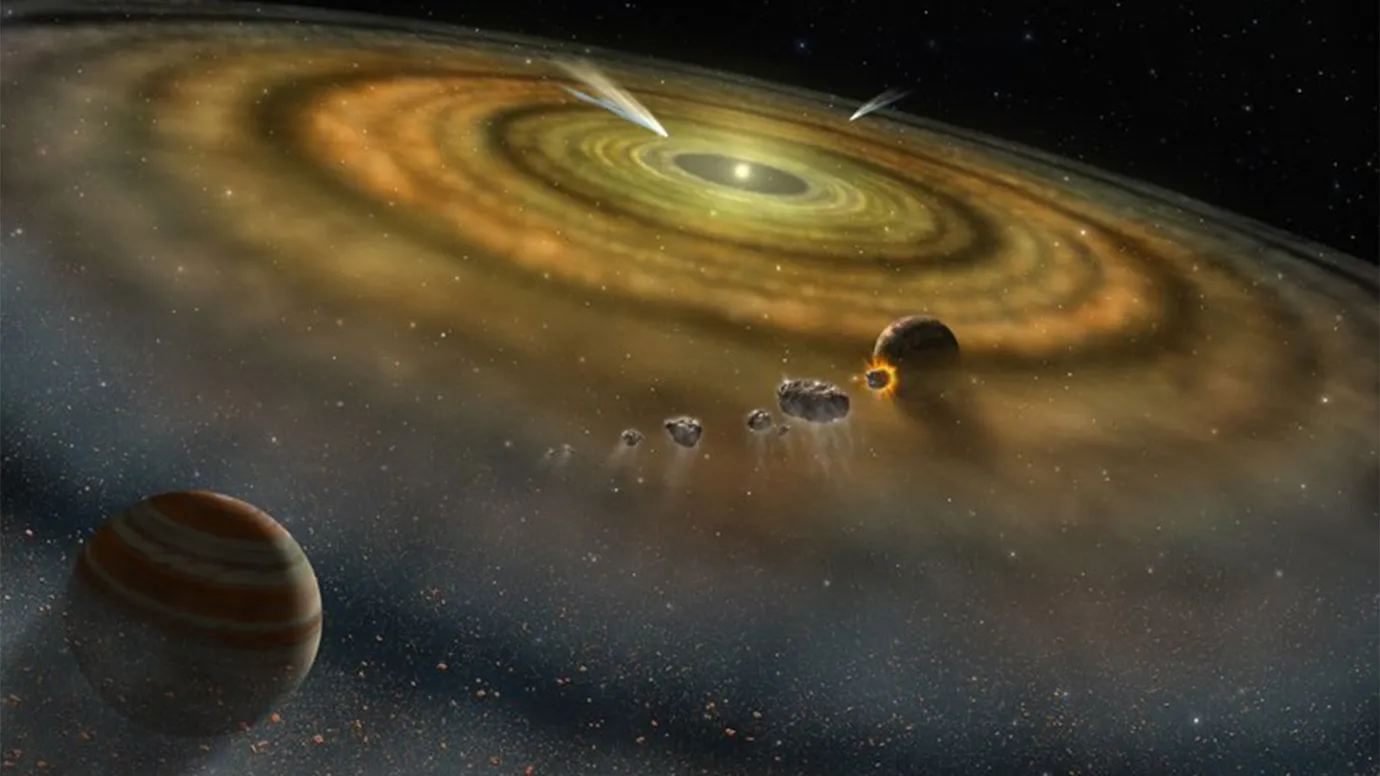
Untangling what happened in our Solar System tens or hundreds of millions of years ago is challenging. Millions of objects of wildly different masses interacted for billions of years, seeking natural stability. But its history—including the migration of the giant planets—explains what we see today in our Solar System and maybe in other, distant solar systems.
New research shows that giant planet migration began shortly after the Solar System formed.
Continue reading “The Giant Planets Migrated Between 60-100 Million Years After the Solar System Formed”Artemis Astronauts Will Deploy New Seismometers on the Moon
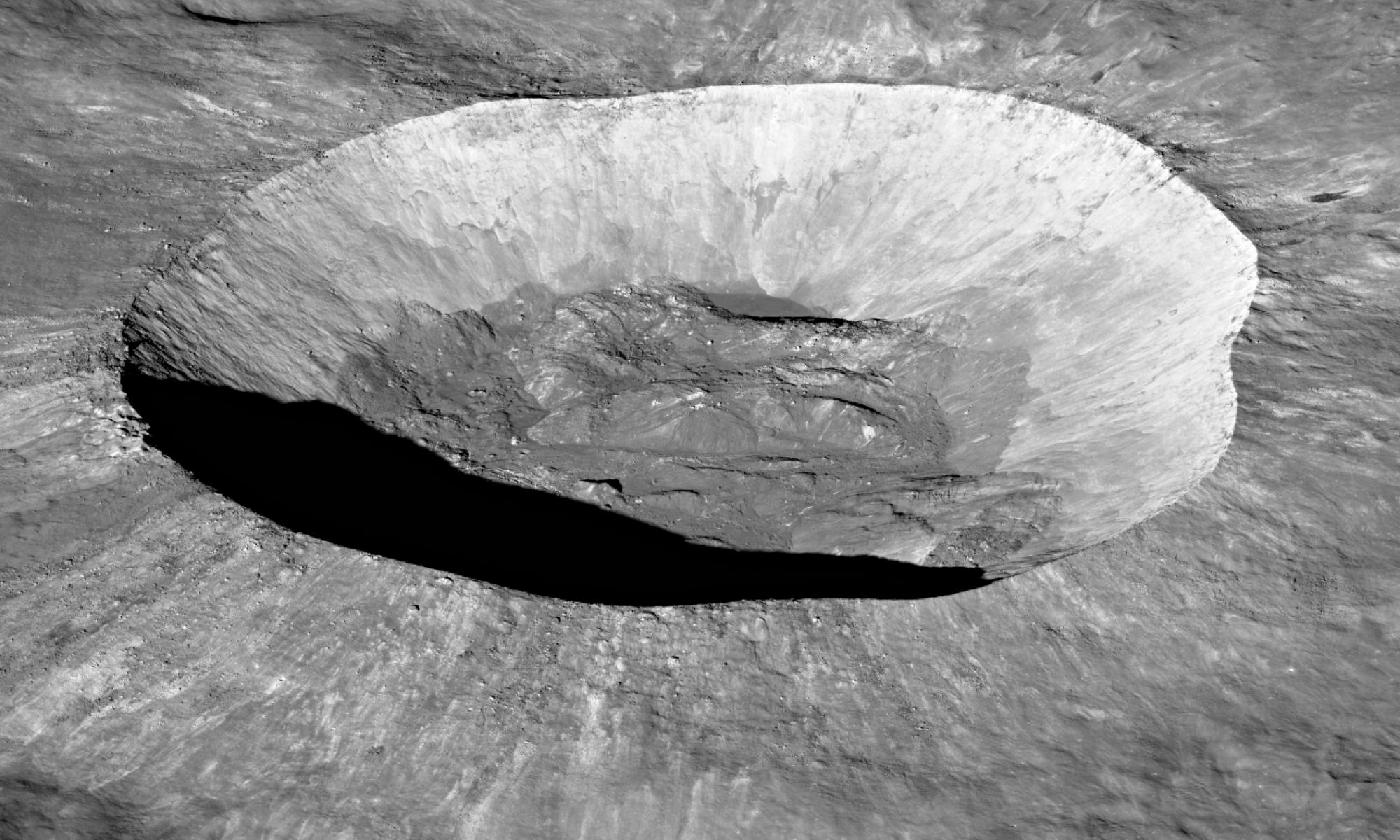
Back in the 1960s and 1970s, Apollo astronauts set up a collection of lunar seismometers to detect possible Moon quakes. These instruments monitored lunar activity for eight years and gave planetary scientists an indirect glimpse into the Moon’s interior. Now, researchers are developing new methods for lunar quake detection techniques and technologies. If all goes well, the Artemis astronauts will deploy them when they return to the Moon.
Continue reading “Artemis Astronauts Will Deploy New Seismometers on the Moon”Ice Deposits on Ceres Might Only Be a Few Thousand Years Old
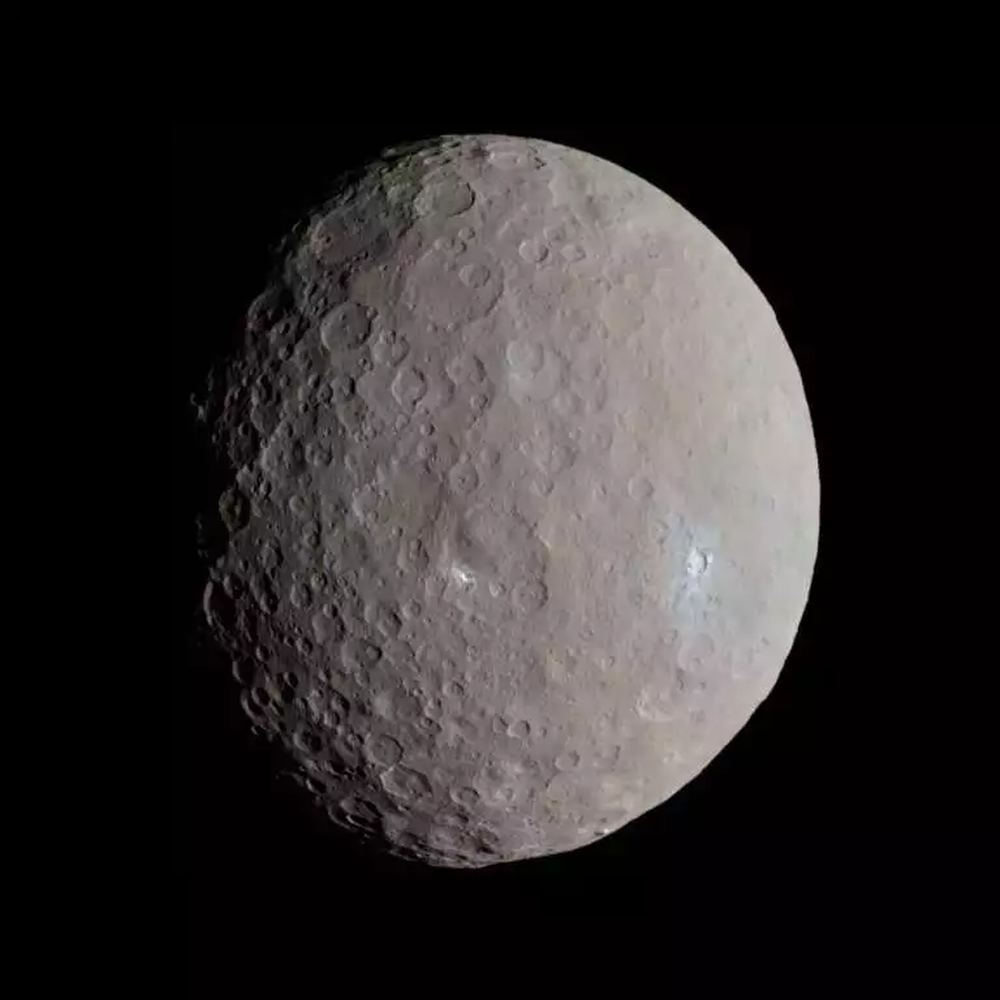
The dwarf planet Ceres has some permanently dark craters that hold ice. Astronomers thought the ice was ancient when they were discovered, like in the moon’s permanently shadowed regions. But something was puzzling.
Why did some of these shadowed craters hold ice while others did not?
Continue reading “Ice Deposits on Ceres Might Only Be a Few Thousand Years Old”The Mystery of Cosmic Rays Deepens

Cosmic rays are high-energy particles accelerated to extreme velocities approaching the speed of light. It takes an extremely powerful event to send these bits of matter blazing through the Universe. Astronomers theorize that cosmic rays are ejected by supernova explosions that mark the death of supergiant stars. But recent data collected by the Fermi Gamma-ray space telescope casts doubt on this production method for cosmic rays, and has astronomers digging for an explanation.
Continue reading “The Mystery of Cosmic Rays Deepens”NASA Confirms that a Piece of its Battery Pack Smashed into a Florida Home

NASA is in the business of launching things into orbit. But what goes up must come down, and if whatever is coming down doesn’t burn up in the atmosphere, it will strike Earth somewhere.
Even Florida isn’t safe.
Continue reading “NASA Confirms that a Piece of its Battery Pack Smashed into a Florida Home”Are Titan's Dunes Made of Comet Dust?
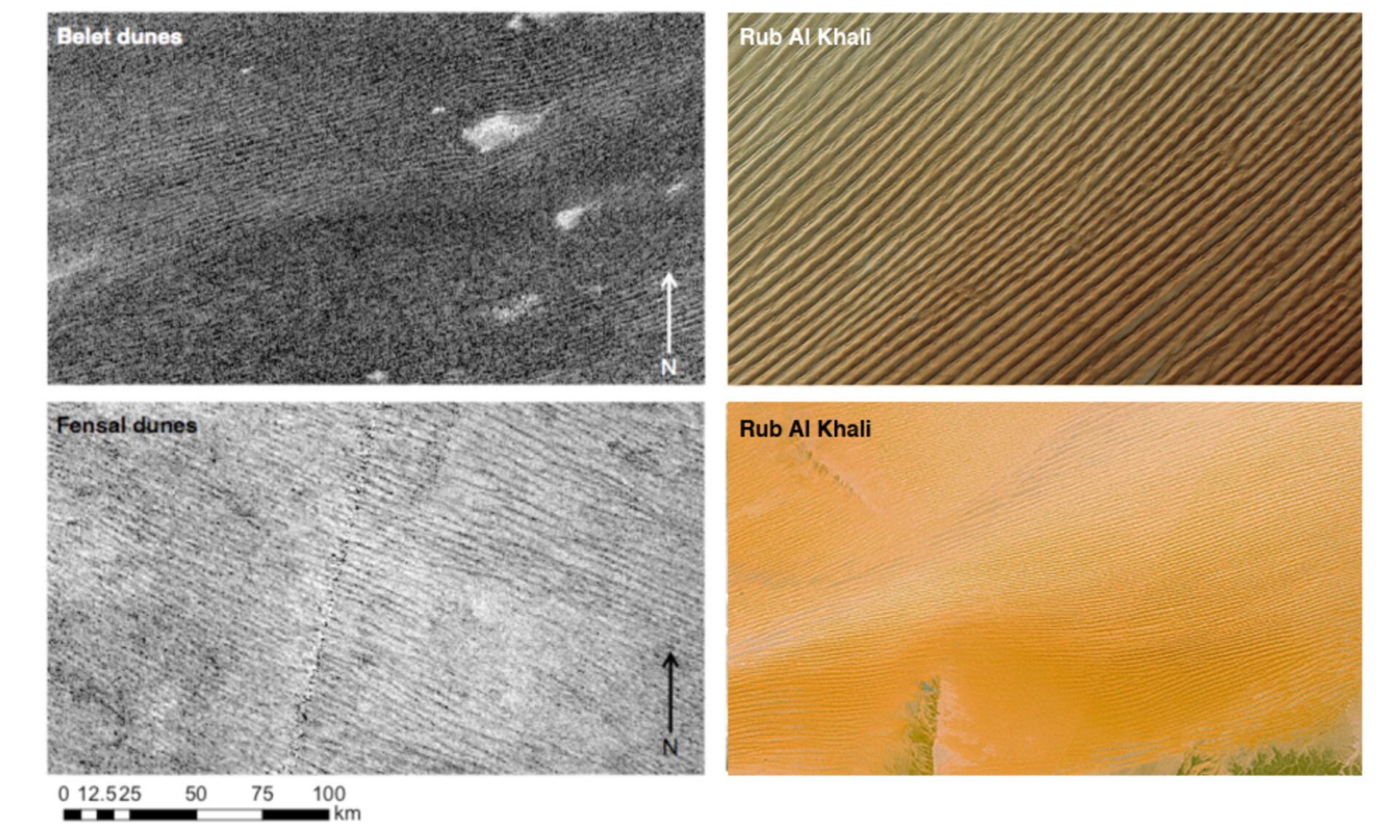
A new theory suggests that Titan’s majestic dune fields may have come from outer space. Researchers had always assumed that the sand making up Titan’s dunes was locally made, through erosion or condensed from atmospheric hydrocarbons. But researchers from the University of Colorado want to know: Could it have come from comets?
Continue reading “Are Titan's Dunes Made of Comet Dust?”

